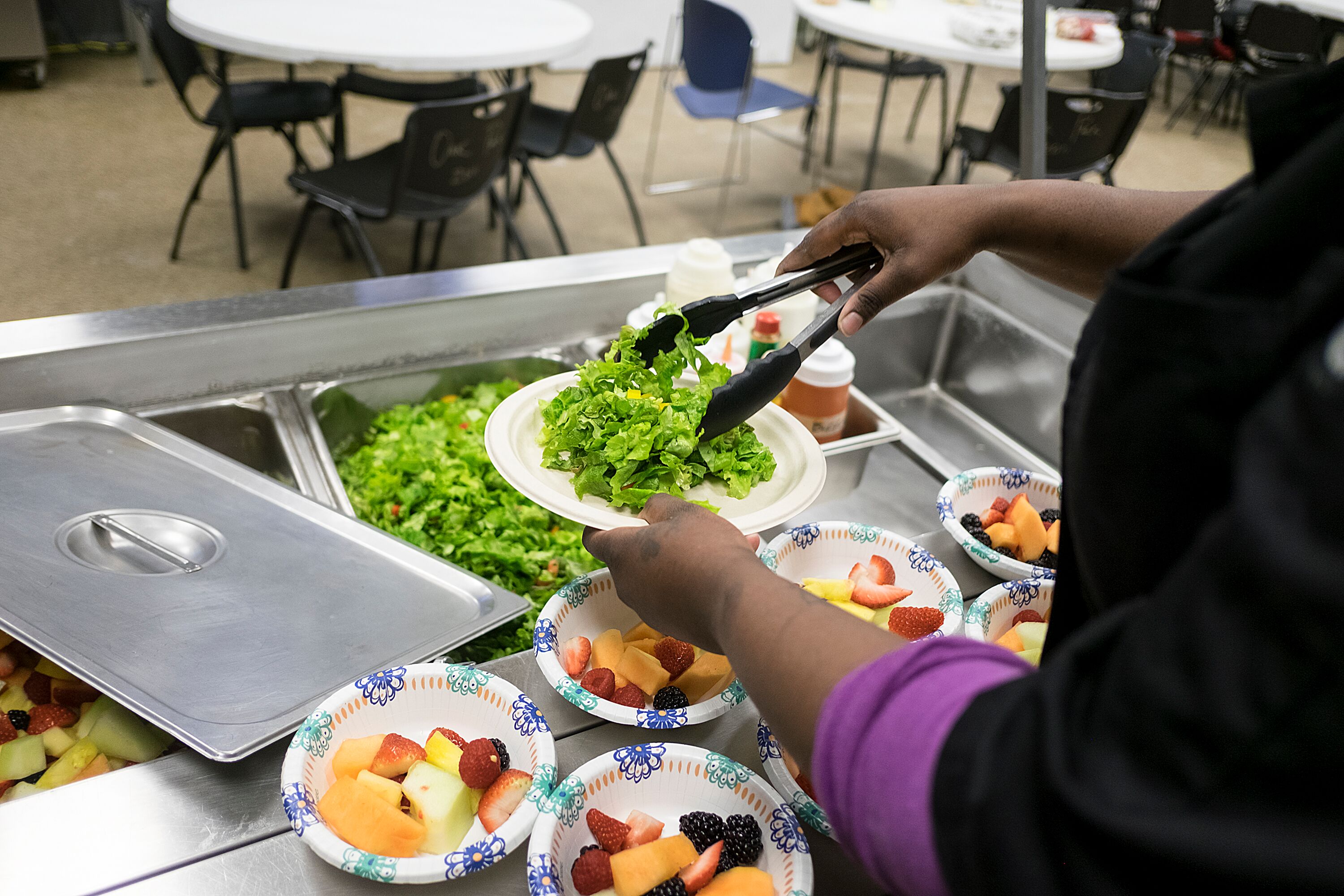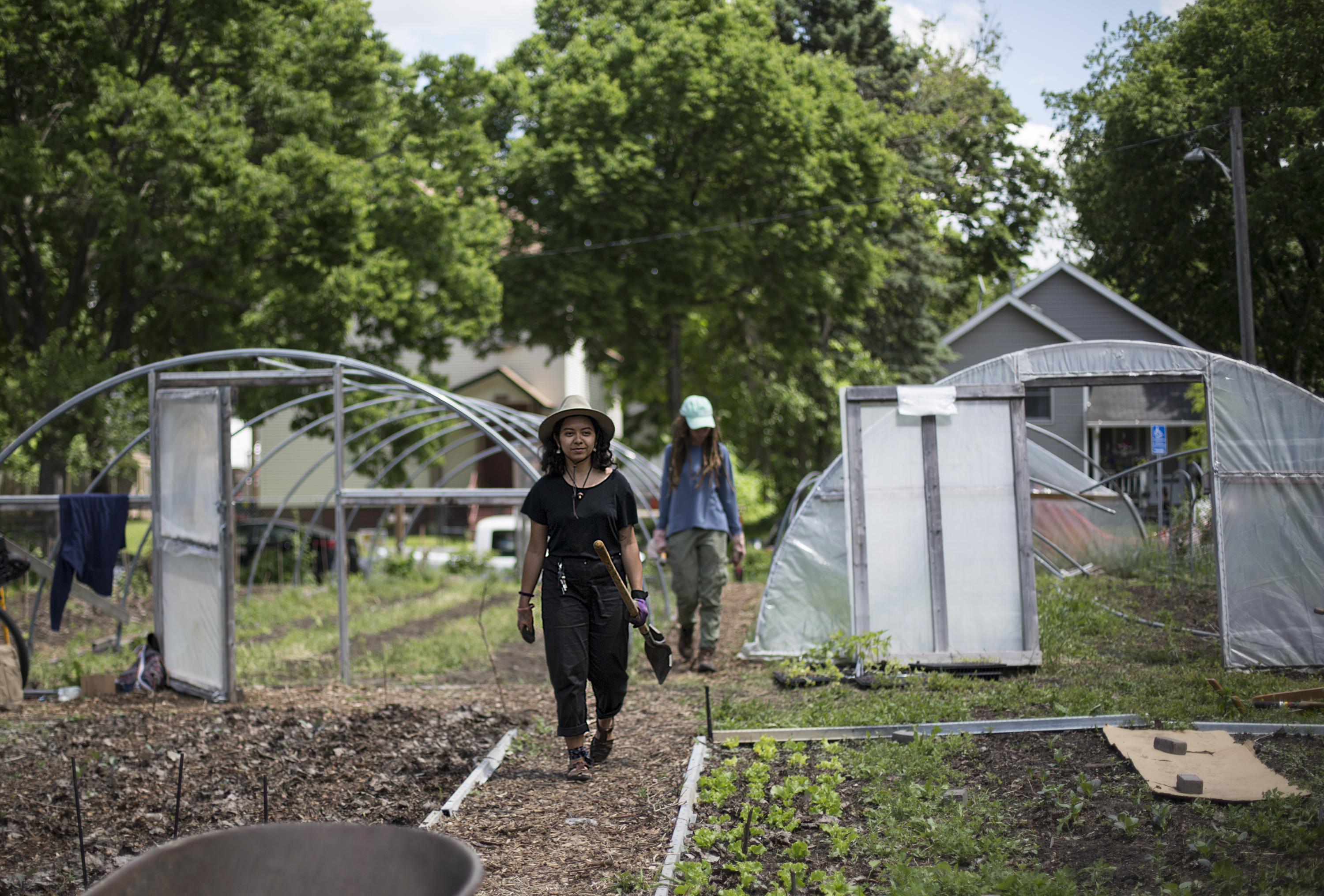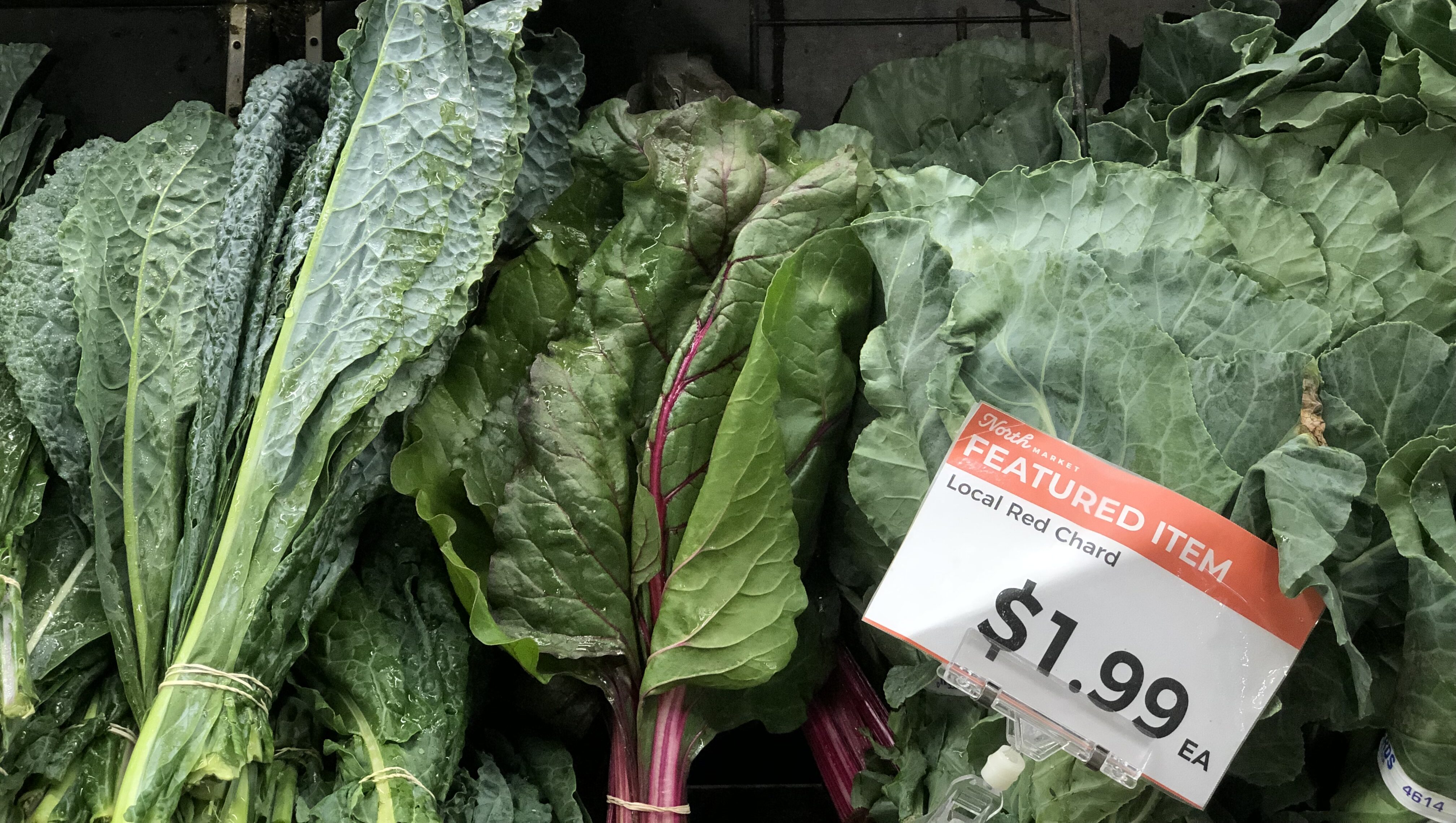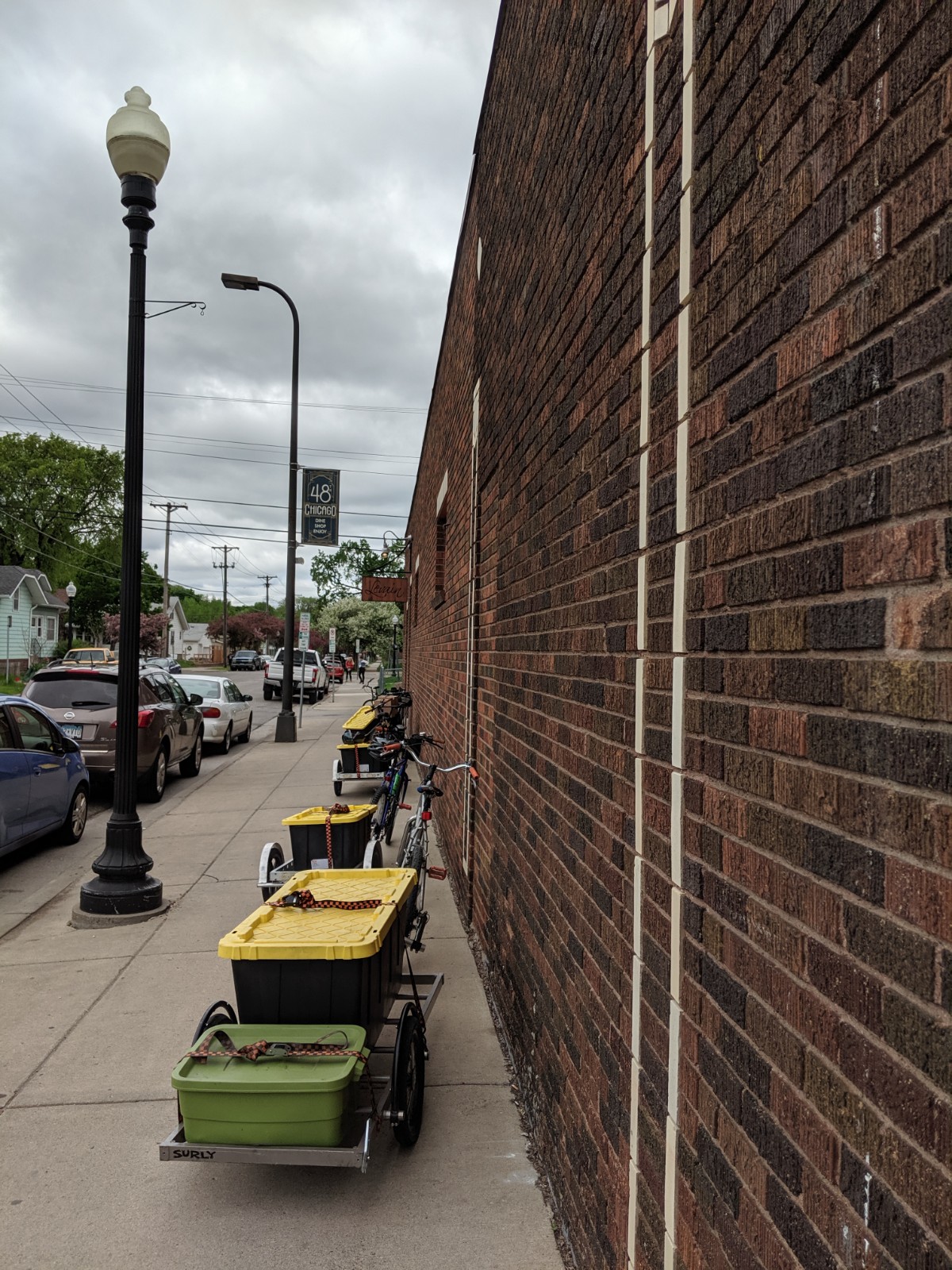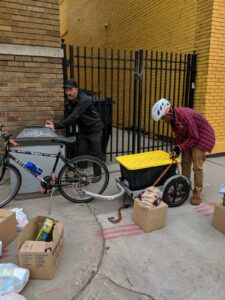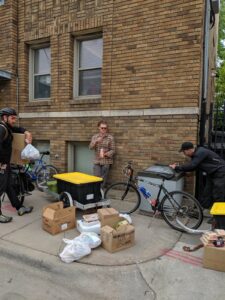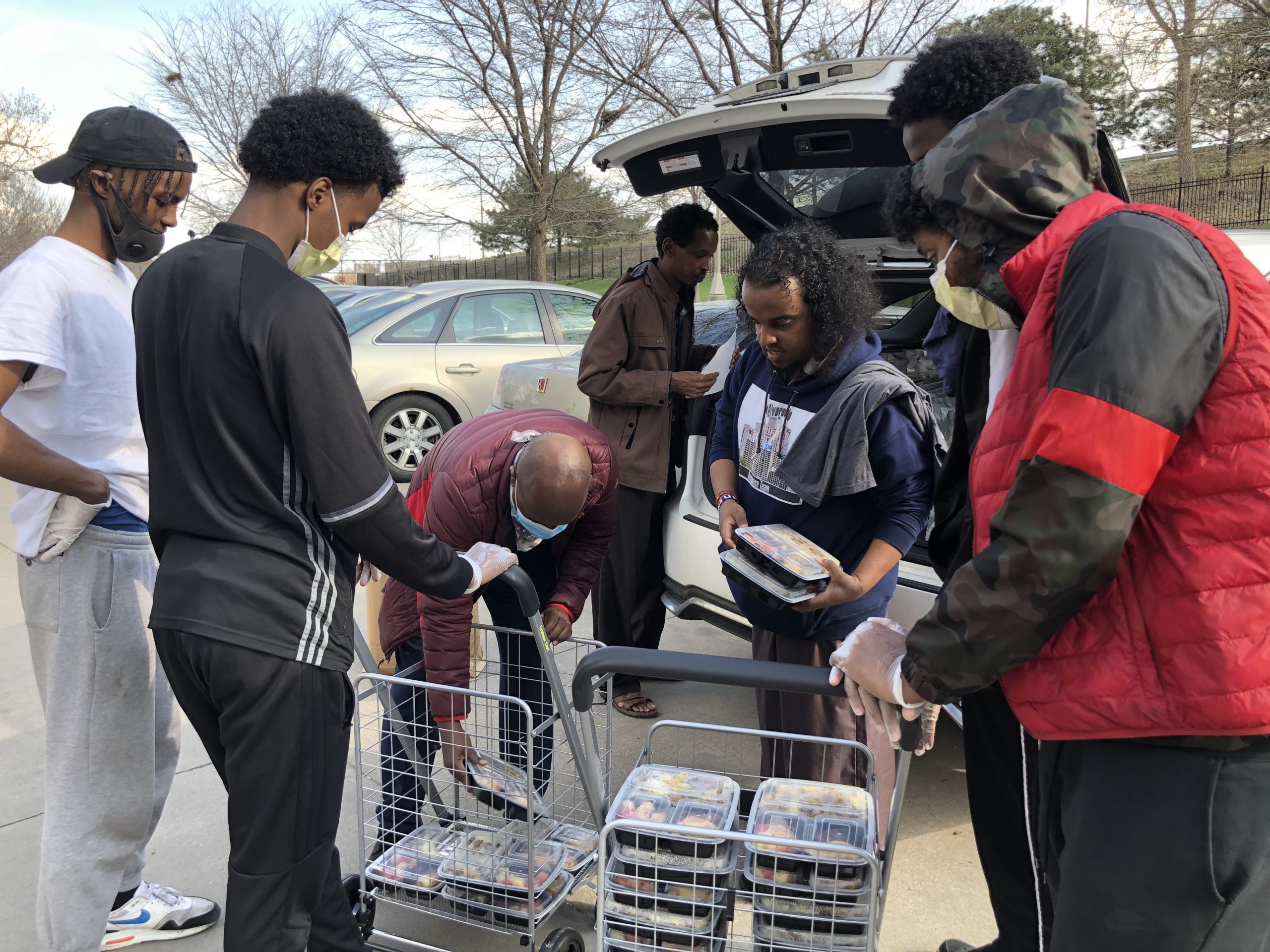
Despite the challenging times we find ourselves in, there is always hope to be found in the selflessness and creativity of neighbors going the extra mile. That’s certainly the case in Cedar Riverside. Since the beginning of Ramadan, 20+ youth organized by the Brian Coyle Center have been delivering more than 200 meals every night to elders, those with limited mobility, and folks who are self-isolating and residing in the neighborhood towers. After a long day of fasting, a warm meal—and a connection with a friendly volunteer—is the perfect opportunity to bridge the social distance.
The Cedar Riverside Community Response Team was first envisioned by a local neighborhood association, the Cedar Riverside Community Council. It was a natural partnership opportunity for Brian Coyle Center, which took the lead in engaging and rallying neighborhood youth volunteers to make the deliveries. The meals are provided by Afro Deli restaurant, and Mixed Blood Theatre has generously provided supplies and space for the team.
While the meals have been warmly welcomed by those 200+ individual community members, the experience has also impacted the youth who are making deliveries. One volunteer, Zubeda, said, “I felt happy fasting and giving back to our elders. It just made me happy and I want to come do it again and again. Hopefully you guys will catch me here a lot more.”
Another volunteer, Akbal, spoke to the opportunity for cross-generational connection:
“Something that’s very important for youth is having this moment to connect with our elders. There’s a huge disconnect between the youth and elders and it may be culture or language. This is the perfect time to learn from them and show them that we care.”
We continue to draw inspiration from our youth volunteers who are stepping up each evening to serve their neighbors—to say nothing of all the partners involved in this, without whom this would literally not be possible. In the midst of uncertainty, it is our honor to stand in partnership alongside others who are committed to seeing our community through this. To all our friends and neighbors who are celebrating—Happy Ramadan!
If you or someone you know residing in the Cedar Riverside towers would like to request a meal delivery, please call 401-285-9247. Please note that this delivery program is reserved solely for elders, people with disabilities, and those who are immuno-compromised.
